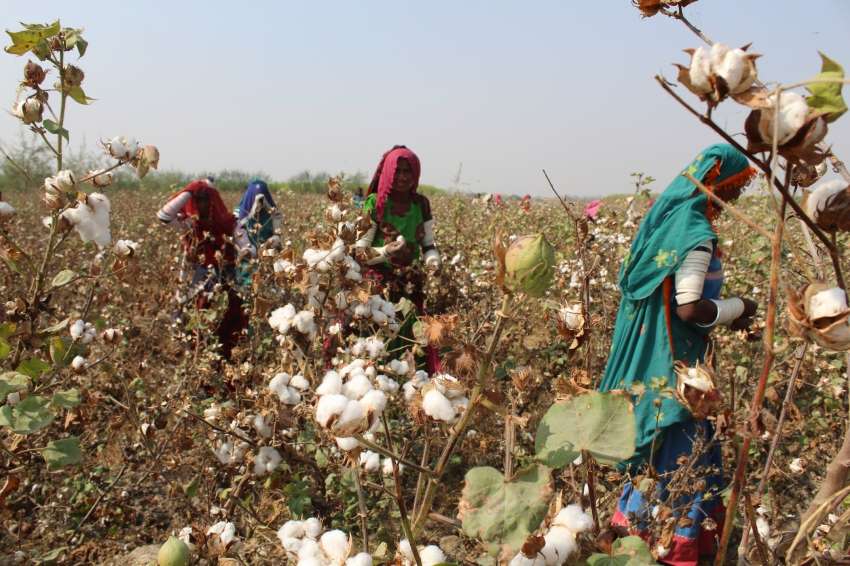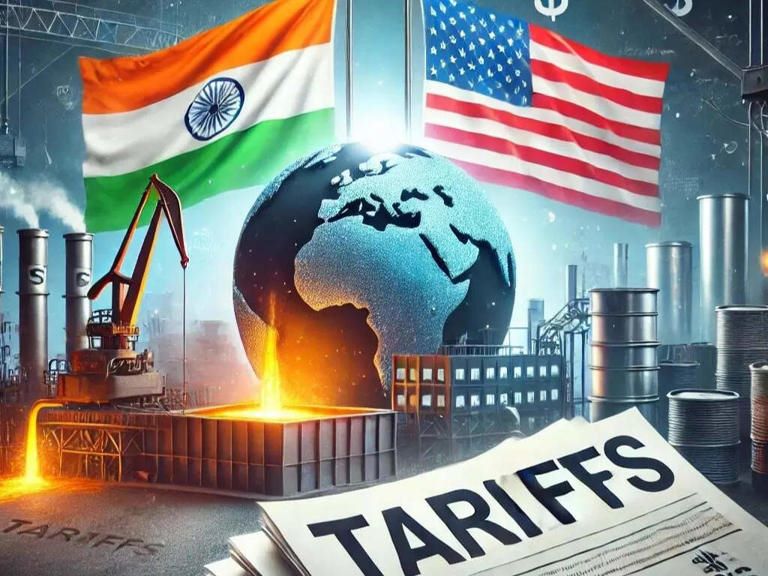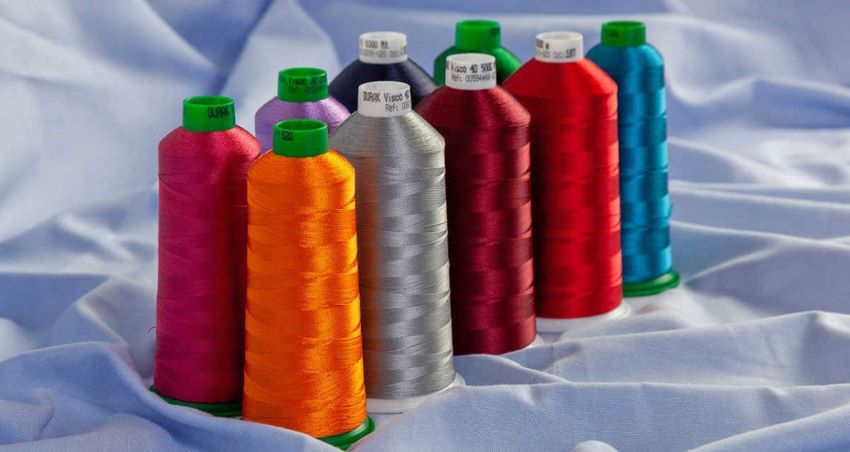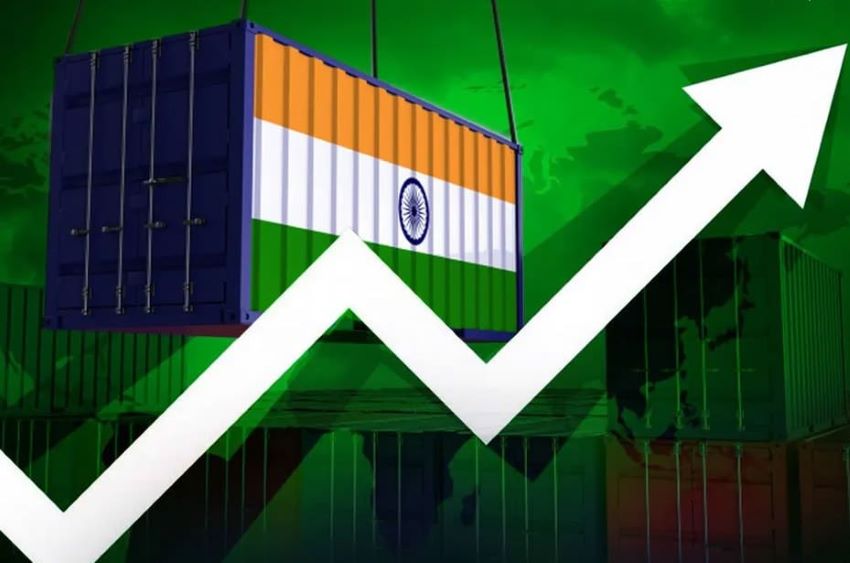FW
On October 29, 2014, the Global Denim Awards 2014 will debut coinciding with the Amsterdam edition of the Kingpins Show, which takes place on October 29, and 30, 2014. Six emerging international designers were selected and each one was paired with six international denim mills. Each of the designers visited their designated mill to develop an in-depth understanding of fiber, fabric, washes and denim development. Further, each designer developed a capsule collection of five looks, including treatments and washes, which will be presented on the runway on October 29 during the show. The six mills involved are Candiani Denim, Royo Textile, ITV Denim, Bossa, Orta Anadolu and Prosperity Textile.
The collections will be judged by a panel of international denim experts based on the merits of design and the innovative nature of the denim fabrications. The winning designer will be awarded €10,000 and have his or her winning designs displayed at the Kingpins shows in Amsterdam, New York, Los Angeles, Hong Kong and at the Amsterdam Denim Days 2015.
The concept for the Global Denim Awards was developed by HTNK, the Amsterdam-based fashion recruitment and consultancy firm, in collaboration with the Kingpins Show. The initiative was sponsored and made possible by e3, a Bayer CropScience’s environmentally responsible certified cotton fiber.
The Kingpins Show is an invitation-only, boutique denim sourcing show featuring a highly-edited selection of vendors that include denim and sportswear fabric mills from the US, Japan, China, India, Italy, Turkey, Egypt, Pakistan, Thailand, Spain and Mexico, wash houses, full package manufacturers, trim providers and business solutions. Kingpins launched in 2004, organises biannual shows in New York, Los Angeles, Hong Kong and Amsterdam.
Tanzania is taking various steps to encourage investment in the textile sector. In recent years, investments in this sector have grown quickly. Tanzania is a rare example of a country which can support a profitable, integrated manufacturing value chain from cotton field to finished garment production. In addition, there are opportunities for joint venture partnerships. Its domestic and regional markets are both growing.
The government has set its sights on reaching middle-income status by 2025, and manufacturing will be the key driver. The country’s low wages, low electricity costs, extensive cotton production and prime positioning for land and sea access to major markets like Kenya make it advantageous for sourcing.
Products from Tanzania will soon have long-term free and unlimited access to the EU market. The country also has at least for now duty-free access to the US market for textiles and garments. Its exports to the US in 2013 were up 190 per cent from 2003.
Cotton production levels have varied as a result of price and weather instability in recent years, but the country has introduced contract farming in some of its growing regions, which has already led to higher, more stable yields and better quality cotton.
Canada will withdraw duty benefits to Indian garment imports after January 2015. But Tirupur garment exporters hope Canada continues with the General Preferential Tariff scheme. Canada wants to discontinue the GPT to 72 countries, including India. It took this decision after these 72 countries were classified as high income or upper middle income countries by the World Bank for two consecutive years or have had a share equal to or greater than one per cent of world exports for two consecutive years.
India's competing countries like Pakistan and Vietnam continue to get duty benefits under GPT. Vietnam, which was exporting less than India, has now increased its exports two times and is also showing a steady growth rate, whereas India's exports have come down by 31 per cent. Tirupur exporters feel once the normal customs duty of 18 per cent is imposed for their knitwear garments in Canada, they will lose competitiveness and the market for knitwear garments will go out of their hands.
So they want the Indian government to request Canada to continue with GPT after January 2015. They also feel the time is right to make efforts to sign a free trade agreement with Canada mainly to recapture and increase exports to Canada.
Textile products from Vietnam enjoy a preferential tariff in Japan due to the Vietnam-Japan economic partnership agreement and similar items from China are subject to 15 to 20 per cent tariffs. But preferential tariffs may no longer be a competitive advantage for Vietnamese goods in Japanese and South Korean markets after the Regional Comprehensive Economic Partnership (RCEP) agreement is signed.
The 10-member states of the Association of Southeast Asian Nations (ASEAN) are in negotiations with six other countries – China, Japan, South Korea, India, Australia and New Zealand – over RCEP, which may be finalized by the end of next year. Once RCEP comes into force, domestic companies might grapple with difficulties. When Japan and China ink an agreement on export-import duties within the RCEP framework, Vietnamese goods would certainly lose the competitive advantage of tariffs in Japan. Other underdeveloped countries like Laos, Cambodia and Myanmar will face the same issue.
RCEP, on the other hand, will bring some advantages to Vietnam. Goods from ASEAN countries must have a regional content ratio of at least 40 per cent to get preferential tariffs when they are exported to Japan, South Korea and India. Inputs for Vietnamese-made products are mainly from China. Therefore, the three nations do not accord Vietnam low tariffs. If RCEP allows the 16 participating countries (including China) to add input value, Vietnamese goods can enjoy preferential tariffs on the Japanese market.
Dubai is organizing the International Textile Fair (ITF) is being on November 3 and 4. This is UAE's premier platform for fashion, fabrics and clothing. The highlight of the event is a preview of Spring/Summer 2015 and Autumn/Winter highlights. The event has dedicated segments for digital prints, machine embroidery, haute couture fabrics and new innovations.
It presents a huge range of textiles from the most prestigious textile mills all over the world. The exhibitors are mainly from Europe, India, China, Indonesia, Japan, Korea, Turkey and various other high end manufacturers from around the world. The event has attracted a wide range of textile mills and designers.
ITF provides a platform for buyers and designers to view the latest trims and accessories. It provides manufacturers and their agents the opportunity to showcase their products to the most influential buyers and designers on the UAE fashion scene.
Dubai serves as a gateway to the whole Middle East and Asia region. International textile players are looking at ITF Dubai as a strategic platform to showcase their innovations, new prints and colors. The International Textile Fair also attracts the world's leading print design studios. The fair is supported by Dubai Customs, Emirates, and the Textile Merchants Group, which represents 800 wholesale textile traders of Dubai.
www.internationaltextilefair.com/
Central Chairman of Pakistan Hosiery Manufacturers and Exporters Association (PHMA) Shahzad Azam Khan has said that the benefits of GSP Plus with EU can only be reaped by maximum value-addition in finished products than exporting only raw materials. To do this, he sought government’s support in improving the production processes.
Usman Jawaad, Zonal Chairman of PHMA has also asked the government to boost value-added apparel export sector since it has the potential to bring in maximum benefits of GSP Plus apart from providing mass employment opportunities for the jobless of the country. Power and gas supply are two major roadblocks for the industry’s growth. He asserted that industry would not be able to execute the abundant export orders it is receiving if gas was not supplied to textile processing units and suspension of gas supply could results in mass unemployment at textile hubs like Faisalabad, Lahore, Sialkot and Multan.
He further said knitwear export industry was adding manifold value to basic commodities like raw cotton and yarn and it alone fetched foreign exchange worth more than $2 billion for the country which was the highest of all, but the industry is being ignored by depriving gas supply.
Shipments of yarn machinery to the textile industry in China fell in 2013. At the same time shipments to the industry in Vietnam soared. The fall in shipments to China reflected a shift in sourcing away from the country, and extended to short staple spindles, long staple spindles, open-end rotors and double heater false‑twist draw texturing spindles.
In the case of open-end rotors, the fall in shipments to China accounted for the entire decline in global shipments, as shipments to the industries in several other countries rose strongly. The rate of shipments to Vietnam, for instance, quadrupled. And in the case of short staple spindles and double heater false-twist spindles, shipments to the industry in Vietnam surged at triple digit rates.
These trends reflected a shift in the sourcing of textiles and clothing from China to other countries in Asia, and Vietnam in particular. The Vietnamese clothing industry hopes to benefit from a number of trade agreements. It also hopes to benefit from a diversion of orders from Bangladesh and Cambodia -- where safety or unreliability issues are undermining competitiveness -- as well as from China.
Vietnam is aiming for 80 per cent ratio of locally made content in garments by 2020 from the current 45 per cent. But the situation doesn’t look promising. Only a few Vietnamese companies can organize closed production lines, or all phases of the production process, from weaving to dyeing to garments to trimming. Most Vietnamese companies are small- and medium-sized, and lack financial capability.
It is also more costly to invest in a garment workshop than in a textile factory. The biggest challenges for Vietnamese businesses are investment capital, technology, workforce and consumption. High costs have made investors wary. It is very costly to invest in dyeing and weaving, and it is difficult to run dyeing and weaving workshops. Investing in garment factories is getting higher partially because of high costs to build and run waste water treatment systems.
Some provinces don’t welcome textile and garment projects. A dyeing and weaving project, for example, was turned down by local authorities because the investor could only build a waste water treatment system that puts out B-level waste water (which can be used to grow vegetables and farm fish). The local authorities demanded A-level waste water (that is, drinkable).
Turkey has launched a probe into possible dumping of US cotton in the country. The country alleges unfair competition in imports of non carded or combed cotton originating from the United States. The move was significant for several reasons. It came just a few days after US regulators cleared the way for a 1.25 per cent anti-subsidy duty on Turkish imports of steel rebar, which is used to reinforce concrete.
Washington-Ankara relations have been strained by Turkey's reluctance to play a frontline role in the fight against the Islamic state on its Syrian border. Turkey was the biggest importer of US upland cotton last year, buying 1.1 million bales. The increased demand for cotton is also due to a resurgence in Turkish textile industry, which is selling more textiles and apparels to Europe even as demand remains sluggish due to the slow economic recovery. Turkey's mills and garment producers are making inroads into Europe due to their close proximity to consumers while its Asian rivals are switching their focus to the Far East.
The case comes as the world’s cotton farmers struggle with weak prices, which have plunged by a third since May on forecasts of another record surplus and falling demand from China, the world's top textile market, as Beijing overhauls its stockpiling policy.
Kelheim Fibers has introduced a flame retardant viscose fiber called Danufil BF. It’s designed for use in home textiles, interior fittings and for acoustic insulation in the automotive sector. Kelheim is based in Germany and is one of Europe's leading viscose staple fiber producers.
Being a combination of organic wood pulp and inorganic silicate structure, the fiber offers inherent flame protection requiring no additional chemical finish. Products based on Danufil BF emit virtually no smoke or toxic fumes. The fibers do not melt or flow when in contact with heat or flame but the organic parts of the fiber burn away, leaving a residual silicate structure which acts as an isolating barrier against the further spread of the fire both into the depth and on the surface.
Viscose is seen as the environmentally-friendly alternative to traditional materials, being biodegradable and comprising 100 per cent renewable raw materials. Being non-toxic, Danufil BF is presented by the company as an alternative to products treated with halogen-based flame retardants. As a result of its large and irregular surface, this fiber meets the prerequisites for various absorption applications. It is suited to all common manufacturing processes and can be processed to both yarn and nonwovens.
www.kelheim-fibres.com/












